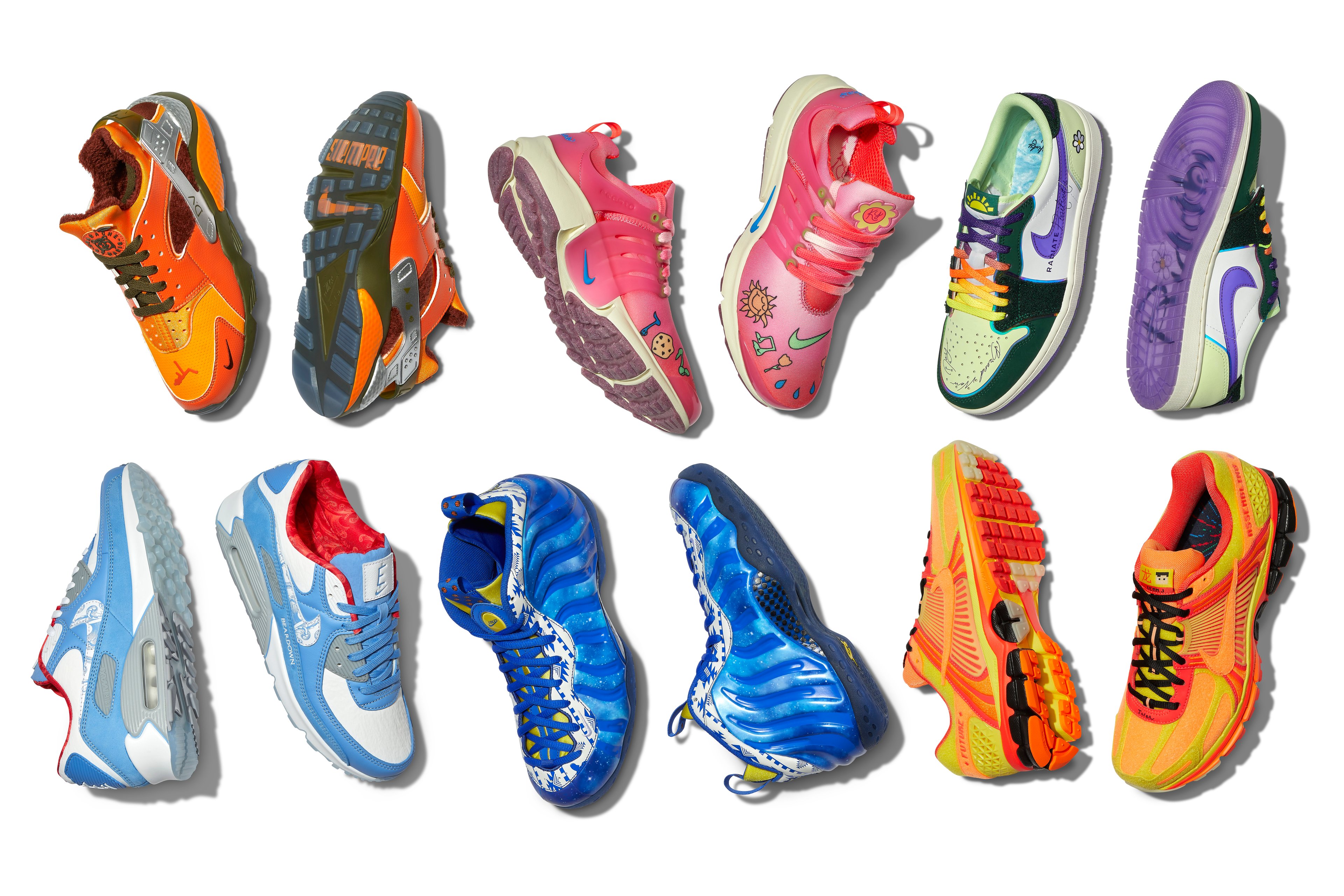When Nike Inc (NKE +3.88%) announced mixed quarterly results two weeks ago, I suggested at the time that investors were right to celebrate. Even though Nike's 7% revenue growth missed expectations thanks to foreign currency headwinds, shares of the footwear and athletic apparel behemoth climbed more than 4% to a new all-time high that day.
Excluding the effects of foreign exchange, however, Nike's revenue would have climbed 13%, including 11% growth in NIke brand revenue to $6.9 billion. Nike also exceeded estimates for earnings, which grew 19% to $0.89 per share.
But the fact that Nike's overall growth outpaced that of its namesake brand indicates that it had another smaller, faster-growing source of revenue to make up for the difference -- a secret weapon, perhaps, operating under the radar and bolstering the rest of the business.

Chuck Taylor is helping boost Nike's growth. Credit: Nike.
Chuck Taylor for the win
For that, look no further than Nike subsidiary Converse, sales from which grew an impressive 28% (33% excluding currencies) last quarter to $538 million. For perspective on that growth, Nike acquired Converse for just $305 million back in July 2003, when the smaller brand had annual sales of just $205 million.
So after nearly 12 years under Nike's wing, why is growth at Converse accelerating now?
According to Nike CFO Don Blair in the company's follow-up conference call, Converse's performance was "boosted by the acceleration of Q4 shipments in advance of a major systems go live." Meanwhile, Blair elaborated, "The balance of the growth was driven by continued strength in North America, the conversion of several European markets to direct distribution, and strong growth in [direct-to-consumer]."
That's fair enough. After all, three months earlier, Blair cited similar factors as driving Converse's 21% growth in the previous quarter. And at the same time, he noted that Converse's earnings before interest and taxes fell 12% because of "investments infrastructure, demand creation, and DTC to enable long-term growth." It would appear, then, that we're beginning to see the fruits of those investments.
The legal factor
But we also shouldn't forget the more difficult-to-measure impact of Nike's decision to finally crack down on Chuck Taylor lookalikes last October. Specifically, that's when Converse filed 22 separate trademark infringement lawsuits against 31 companies for their alleged illegal use of core design elements of Converse Chuck Taylor shoes.
To be fair, Nike tried to avoid the courts, saying it had served around 180 cease-and-desist letters to the defendants since 2008. But when nothing else stopped the accelerating flow of Chuck Taylor knockoffs into the market, the courts became Nike's primary avenue for defending the iconic Converse brand.
As it turns out, the lawsuits are proving extremely effective so far. According to a report from Fashionista in February, Converse has already voluntarily dismissed a number of the cases after coming to agreements with prominent defendants including H&M, Tory Burch, Zulily, and Ralph Lauren.
And while the exact terms weren't disclosed, U.S. International Trade Commission documents a few weeks earlier confirmed that the ITC had found 36 Ralph Lauren shoe styles in violation of Converse trademarks. As a result, Ralph Lauren agreed not only to pay Converse monetary damages, but it also would be required to destroy all infringing shoes, as well as any associated molds, tools, and marketing material.
Of course, it's hard to tell just how much of a positive effect this has had, especially since Converse was growing nicely before its legal actions. But if one thing seems sure, it's that Converse is more popular than ever before. In the end, with its competition effectively neutralized and Nike piling cash into marketing, infrastructure, and direct-to-consumer channels, Converse appears poised to play an increasingly important role dictating the fortunes of Nike shareholders for the foreseeable future.






